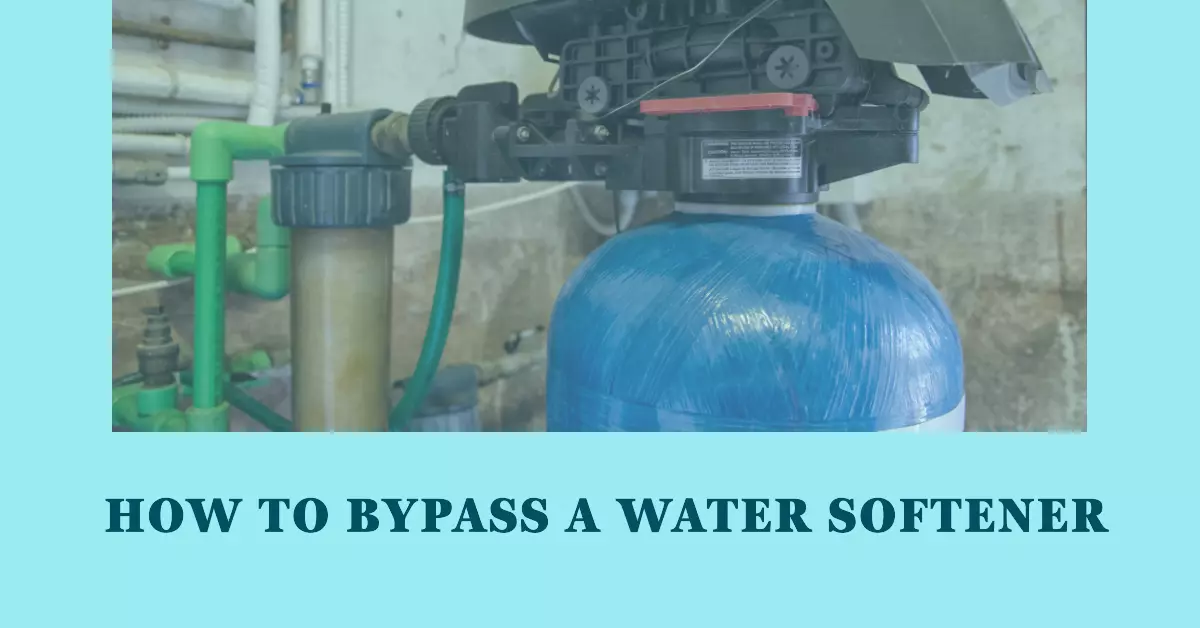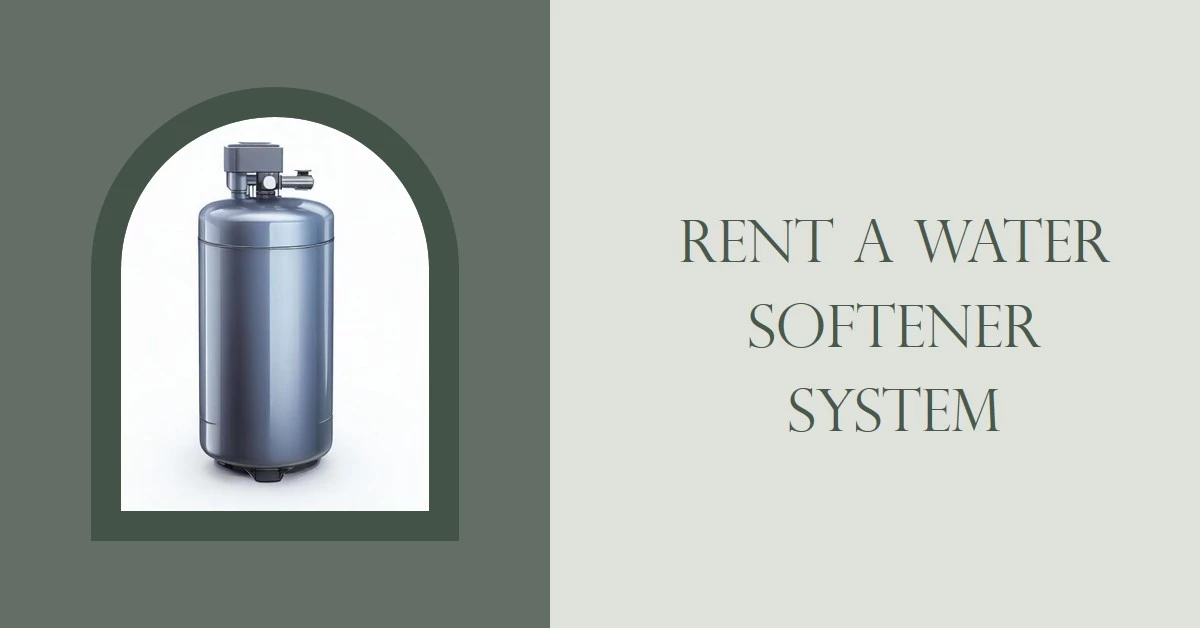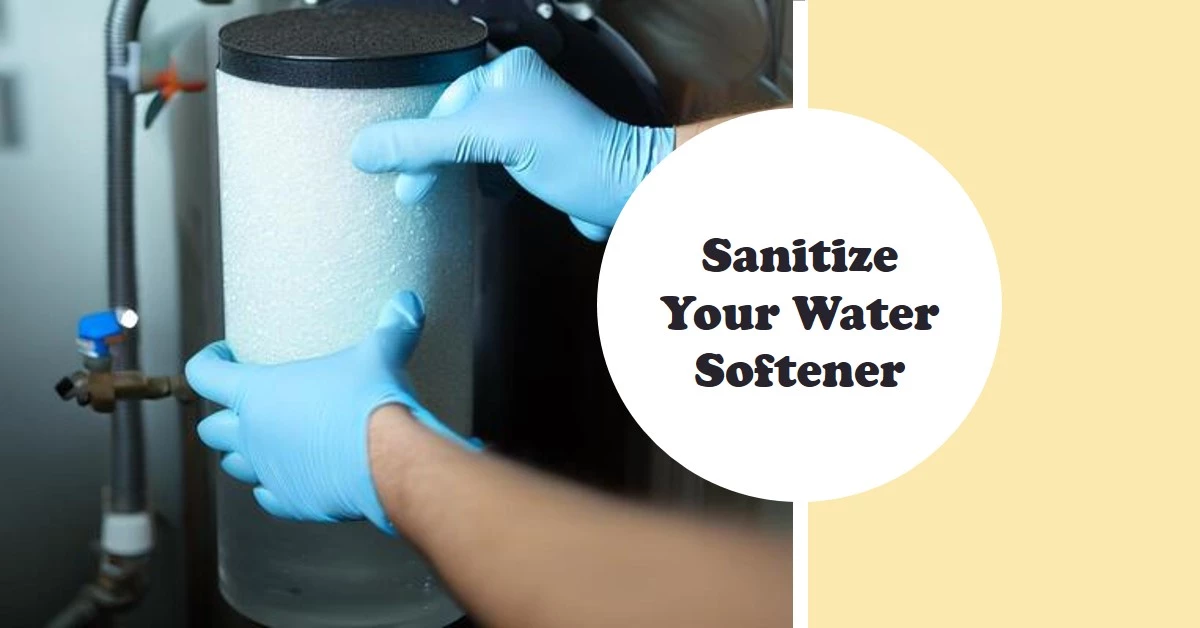Hard water can wreak havoc on your home’s plumbing and appliances. That’s where water softeners come in handy. But sometimes, you need to bypass the softener for maintenance or troubleshooting. In this guide, we’ll walk you through the process of bypassing a water softener step by step.
Understanding Water Softener Bypass Valves
Before we dive into the process, let’s first understand the purpose of bypass valves in water softeners.
What is a Bypass Valve and Why is it Important?
A bypass valve is a crucial component in your water softening system. It allows you to divert water flow around the softener, effectively “bypassing” it. This can be useful in situations like:
- Maintenance or repairs on the softener
- Testing the water quality without the softener’s influence
- Temporarily disabling the softener for any other reason
Types of Bypass Valves
There are different types of bypass valves available. Some common types include:
- Integrated bypass valves, which are built into the softener itself
- External bypass valves, which are separate from the softener and installed in the plumbing
Each type serves the same purpose but might require slightly different steps to operate.
Step-by-Step Guide to Bypass a Water Softener
Now that you have a basic understanding of bypass valves, let’s get to the step-by-step guide on how to bypass your water softener.
Safety Precautions
First and foremost, follow these safety precautions before working on your water softener:
- Turn off the power supply to the softener
- Close the main water supply valve
- Release any pressure in the system by opening a nearby faucet
Locating the Bypass Valve
The bypass valve is usually located near the water softener. For integrated valves, you’ll find it on the back or side of the unit. For external valves, follow the plumbing lines to locate it.
Turning the Valve to Bypass Mode
The process for turning the valve to bypass mode depends on the type of valve. Here are general steps for both types:
- Integrated bypass valves:
- Turn the knob or lever to the “bypass” position
- Some models may require you to push a button or slide a switch
- External bypass valves:
- Close the inlet and outlet valves connected to the softener
- Open the bypass valve to allow water flow around the softener
Confirming the System is in Bypass Mode
To ensure your water softener is in bypass mode, check for these signs:
- No change in water pressure at faucets
- No water flowing through the softener
- Test the water for hardness; it should match the untreated water hardness level
Troubleshooting Common Issues
Sometimes, you might encounter issues while attempting to bypass your water softener. Here’s how to tackle them:
Dealing with Stuck or Non-Functional Bypass Valves
If your bypass valve is stuck or not working, try these tips:
- Lubricate the valve with a silicone-based lubricant
- Gently tap the valve with a rubber mallet to loosen it
- If the issue persists, consider replacing the valve
Identifying and Resolving Water Leaks
Leaks can occur during the bypass process. To resolve them:
- Check all connections for tightness
- Inspect the valve and softener for damage or wear
- Replace any faulty components or seals
Ensuring Proper Water Flow after Bypass
After bypassing the softener, make sure your water flow is normal by:
- Opening faucets and checking for consistent pressure
- Inspecting for leaks or blockages in the plumbing
- Confirming that the bypass valve is in the correct position
Reversing the Bypass Process
When it’s time to return your water softener to normal operation, follow these steps:
How to Return the Water Softener to Normal Operation
- Integrated bypass valves:
- Turn the knob or lever back to the “service” or “normal” position
- Some models may require you to push a button or slide a switch
- External bypass valves:
- Close the bypass valve
- Open the inlet and outlet valves connected to the softener
Ensuring the System is Functioning Correctly
After reversing the bypass, check the following:
- Water pressure at faucets returns to normal
- Water softener is filling with water and functioning as intended
- Test the water for hardness; it should match the softened water hardness level
Tips for Water Softener Maintenance
Regular maintenance can help prevent issues with your water softener. Here are some tips:
Regular Inspection and Cleaning
- Inspect the bypass valve and softener for wear or damage
- Clean the valve, softener, and surrounding area to prevent buildup
When to Seek Professional Help
If you’re unsure about the bypass process or experience ongoing issues, consider contacting a professional water treatment expert for assistance.
Key Takeaways
Bypassing a water softener is an essential skill for homeowners and DIY enthusiasts. By following this guide, you can safely and effectively bypass your water softener for maintenance or troubleshooting. Remember to practice regular maintenance and seek professional help when necessary to ensure your water softener continues to function optimally.



